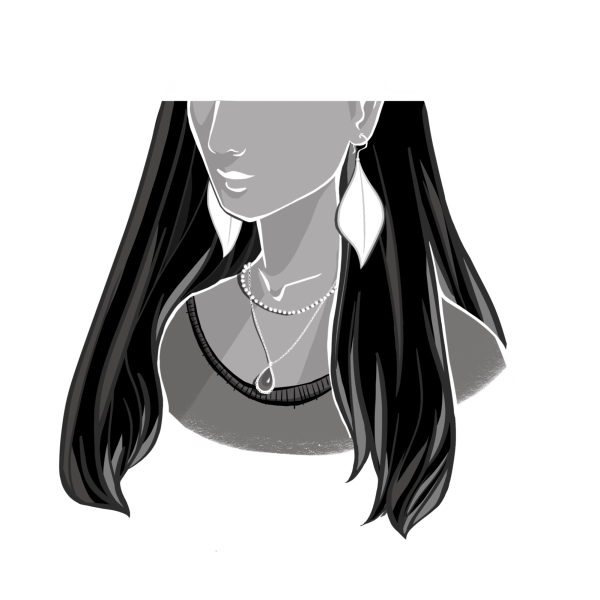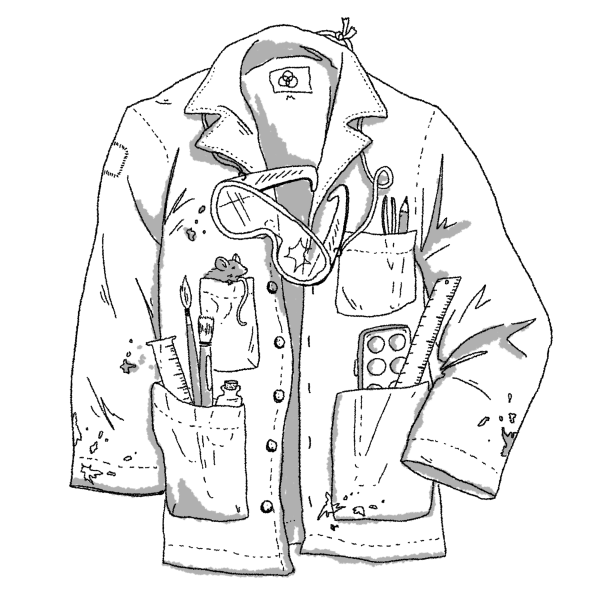Sheehan Gallery Presents New Pretentious Modern Art
April 21, 2016
In order to increase the number of visitors that flow through Sheehan Art Gallery like nonexistent molasses, the Whitman art department is announcing some new installations of modern student art. The director, Arthur Galeria, hopes to rebrand the gallery in a way that will appeal more to the pompous subsection of the art community.
Starting next Sunday, Sheehan will be starting their revival with several pieces from the collection “Forbidden” by student artist Yaury Thaumos. Thaumos says that his piece is “pretty avant gardey, if I do say so myself.” He describes it as defying description, but did mention that all of the pieces will be covered in black cloth because they are just that contemporary and he does not think Whitman is ready for it yet. Thaumos will be providing placards that describe the pieces, but does warn that they will be heavily censored.
After Thaumos’ instillation, the walls of preconceived notions of art, as well as actual walls, will be torn down as Sheehan Gallery undergoes construction. Arthur Galeria is making the most of this interlude by making the construction work into a new piece called “Life – What is it all for?” When reached for a description of what he hoped would come from this, Galeria stated that this construction would “result in blank spaces, white walls, and loud noises. It will be a groundbreaking contribution to nihilism in America.” This complete lack of any kind of art piece is being hailed as groundbreaking work from a creative genius, and has already received significant attention from several major critics. However incredible this revolutionary work will be, very few will get to see it because it is still an active construction zone and as so is closed to the public for safety reasons.
In the next phase of the Gallery’s renaissance will be a piece by Edmund Rocainy, called “It’s Due Tomorrow.” It will consist of many beer bottles and old homework assignments, piled artistically in the center of the room and topped with a liter of Rocainy’s own tears. “I really wanted to highlight the destructiveness of procrastination on the human mind,” Rocainy stated. “It was in no way related to me finally cleaning my room.” The impressive display of Bud Lite, Keystone and Natty Ice bottles lean into each other at various angles and lie fallen on the floor in a broken imitation of the night they were drunken. The homework assignments sprawl over and under the bottles, stained into illegibility with Rocainy’s tears.
Regardless of how these pieces succeed in drawing in new visitors, all of Whitman can sleep easy at night knowing that we continue to find ways of overly pretentious expression. Stay tuned for next week’s feature: Maxey Museum’s new exhibit of historical and famous used syringes.









